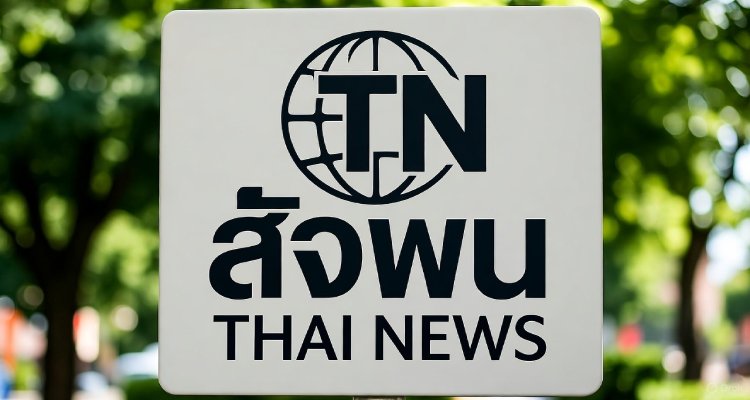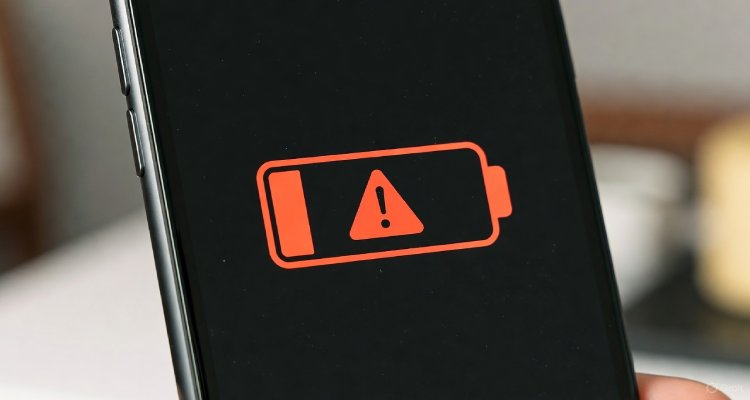AI Models and Copyright: Study Sparks New Scrutiny of OpenAI’s Training Data
A groundbreaking study reveals signs that OpenAI’s AI models memorized copyrighted content, raising fresh concerns over data transparency and fair use in AI training.
AI Under the Microscope: New Study Reignites Debate Over OpenAI’s Use of Copyrighted Content
In the latest twist to the intensifying legal and ethical debate over artificial intelligence, a new academic study has offered compelling evidence that OpenAI’s flagship language models may have memorized — and potentially reproduced — copyrighted materials during their training. The findings could significantly impact ongoing lawsuits against the company and reignite calls for greater transparency in the development of generative AI.
A Closer Look at What AI Models Remember
Artificial intelligence systems like OpenAI’s GPT-4 are fundamentally pattern-recognition machines. Trained on vast corpora of data, from news articles to books and code repositories, they generate content by predicting the most likely next word or pixel in a sequence. While this process usually results in original outputs, experts have long warned that it can also lead to what’s known as “memorization,” where snippets of the training data are reproduced almost verbatim.
Now, a peer-reviewed study conducted by researchers from the University of Washington, Stanford University, and the University of Copenhagen provides some of the most concrete evidence to date that OpenAI’s models may be doing exactly that.
The researchers developed a method to detect signs of memorization by focusing on “high-surprisal” words — those that are statistically unexpected in a given context. For instance, in the sentence “Jack and I sat perfectly still with the radar humming,” the word “radar” is less predictable and thus considered high-surprisal.
Using this technique, the team masked these standout words from selected passages — drawn from fiction books and articles published in The New York Times — and asked OpenAI’s models to guess the missing words. The results were telling.
What the Study Found
According to the study’s authors, both GPT-3.5 and GPT-4 accurately predicted the high-surprisal words at a rate that strongly suggests memorization rather than generalized understanding. The most notable instances involved excerpts from popular fiction books and a dataset called BookMIA, known to contain copyrighted ebooks.
While the models were less consistent when guessing masked words in New York Times articles, the study still found measurable signs of memorization. This distinction may point to differences in how various types of content were weighted during the training process.
Abhilasha Ravichander, a doctoral candidate at the University of Washington and co-author of the study, emphasized the broader implications in an interview with TechCrunch. “If we want AI systems that are safe, accountable, and trustworthy, then transparency around their training data is non-negotiable,” she said.
Copyright Law Meets AI Innovation
The legal backdrop to this study is as fraught as it is timely. OpenAI is currently facing lawsuits from a range of plaintiffs — including novelists, software developers, and media organizations — who claim their intellectual property was used without consent to train the company’s AI models.
OpenAI has largely defended itself under the umbrella of “fair use,” a legal doctrine that allows limited use of copyrighted material without permission in certain contexts like criticism, news reporting, and education. However, critics argue that the doctrine wasn’t designed to accommodate the mass ingestion of copyrighted content by commercial AI systems.
So far, U.S. courts have not provided a definitive ruling on whether training AI models on copyrighted data constitutes fair use, leaving companies, creators, and legal scholars navigating a gray area.
OpenAI’s Position and Push for Reform
In response to mounting legal challenges, OpenAI has taken some steps to address concerns. The company has signed licensing deals with publishers and image providers, introduced opt-out systems for content creators, and pushed for legislative reforms that would enshrine broader fair use protections for AI training.
However, critics say these moves are not enough. “An opt-out system puts the burden on creators, not the companies,” noted Andres Guadamuz, a senior lecturer in intellectual property law at the University of Sussex. “We need transparency about what’s being used, and ideally an opt-in model.”
OpenAI has also lobbied for the inclusion of “fair use by default” clauses in global copyright legislation. The goal is to secure legal pathways for training AI systems on publicly available data without seeking permission — a stance that has sparked fierce backlash from artists, journalists, and authors alike.
The Ethics of Data Use in the AI Era
The larger question raised by the study is not just about legality, but about ethics and the future of creativity. If AI models are ingesting — and possibly regurgitating — copyrighted works, what does that mean for original creators? And who’s responsible when a model produces something that closely mirrors a copyrighted source?
This issue is already playing out in real-world scenarios. In 2023, visual artists discovered AI-generated images that replicated signature styles from their portfolios. Similarly, journalists have flagged instances where AI-generated summaries included phrasings nearly identical to their original reporting.
Studies like this one help pull back the curtain on how these models operate, challenging the oft-repeated claim that AI “learns” like a human. “These systems don’t understand meaning — they’re statistical engines,” said Ravichander. “That’s why they can memorize text without understanding it.”
The Road Ahead: Regulation, Research, and Responsibility
As generative AI becomes more embedded in everything from business operations to education, the pressure is mounting to create enforceable standards for how these tools are built and deployed. The European Union’s AI Act, passed in 2024, includes specific provisions for data transparency and risk classification — a model some U.S. lawmakers are now examining closely.
In the meantime, researchers are calling for more open auditing tools that allow independent verification of what content was used in training and whether models have memorized it. The study’s high-surprisal word method could be a key step in that direction, offering a relatively accessible means of probing opaque systems.
“What’s needed now is cooperation between academia, industry, and policymakers,” said Stanford computer scientist Percy Liang, who also contributed to the research. “The AI ecosystem is evolving faster than our ability to regulate it. We need shared tools and shared standards.”
Transparency as a Cornerstone
If AI is to be a force for good — helping writers, scientists, and entrepreneurs unlock new possibilities — it must also be held to high standards of accountability. This study, while technical, underscores a simple truth: Creators have the right to know if their work is being used to fuel technologies that may one day replace them.
As the lawsuits proceed and policymakers debate new frameworks, the call for transparency grows louder. Trust, after all, is earned — and in the age of artificial intelligence, that trust begins with data.
(Disclaimer: This article is intended for informational purposes only and does not constitute legal advice. The views and interpretations presented here are based on publicly available research and expert commentary at the time of publication.)
Also Read: Meta Cuts Ties With Telus: 2,000 Moderators Laid Off in Spain











